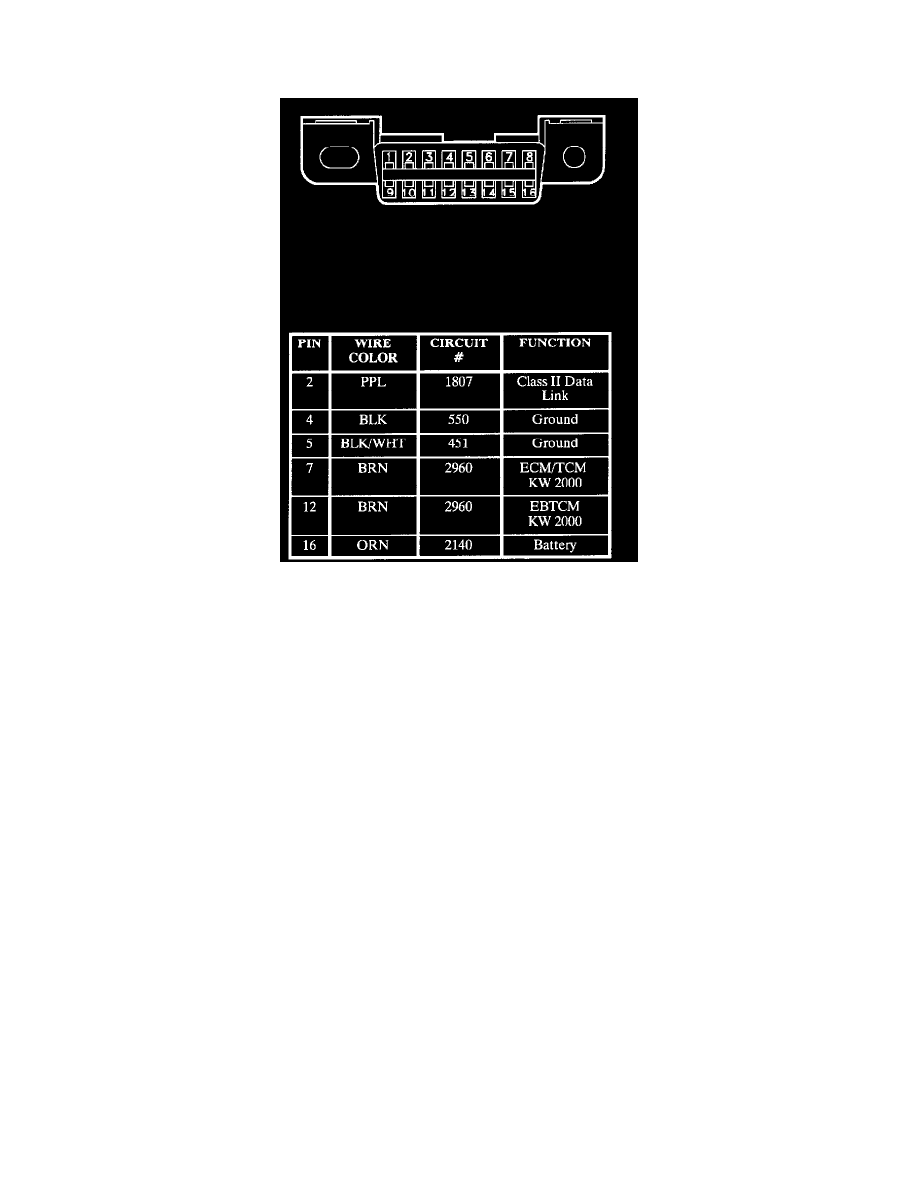LS2 V6-3.0L VIN R (2000)

Information Bus: Description and Operation
General Description Serial Data Communication Network
The Saturn L-series may consist of up to three types of serial data communication links. The type of link(s) used for a given vehicle will depend on the
engine type and whether it's equipped with an Electronic Brake Traction Control Module (EBTCM).
The three serial data communication links are:
Class II
The Class II link is used by: the I/P cluster, Sensing and Diagnostic Module (SDM), Body Control Module (BCM) and the Powertrain Control
Module (PCM) if vehicle is equipped with the 4-cylinder engine (L61). This link is compliant with SAE J1850 specifications for serial data
diagnostics in order to meet the OBD II legislation.
Class II link is used for normal vehicle operation by transferring input signal information between modules. For example, the PCM uses the crank
sensor input as an indication of engine rpm. The PCM will generate a message onto the Class II link, which can be read by any other controller. In
order to display rpm on the tachometer, the I/P cluster would read the serial data message and then command the tachometer to indicate actual engine
rpm. The block diagram shown in figures 1 and 2 illustrate the inputs that are connected to each controller. The information from these inputs are then
transmitted out on the Class II link to be used by the other control modules.
There is also information that is transmitted through serial data that is based on internal calculations such as, certain inputs being in a given state, or
due to on-board diagnostics. One example on this type of message is the command to turn on the Service Engine Soon (SES) telltale. When the PCMs
on-board diagnostics detects a fault with an emission related component, a message is sent to the I/P cluster to illuminate the SES (MIL) lamp.
Controller Area Network (CAN) Link
The CAN link is used when an L series vehicle is equipped with the V6 (L81) engine. With this option, the CAN data link is used by the Engine
Control Module (ECM), Transaxle Control Module (TCM), and Body Control Module (BCM). The sharing of information between these three
control modules is done via the CAN link. The BCM used in this application can communicate both on CAN and Class II. Messages such as engine
RPM and fuel level (inputs to the ECM) are sent to the BCM on the CAN link. These messages are then converted to a Class II message so that
information can be read by the I/P cluster.
The CAN link is not used by the Scan tool to perform diagnostics or reprogramming, and therefore is not connected to the diagnostic link connector (
DLC). This link consists of two wires (CAN High and CAN Low) a twisted pair in order to eliminate the possibility of electrical signal noise being
induced or generated due to the high frequency signal.
This link is not connected to the DLC and is only used for sharing information between control modules.
Keyword Protocol 2000 (KWP2000)
